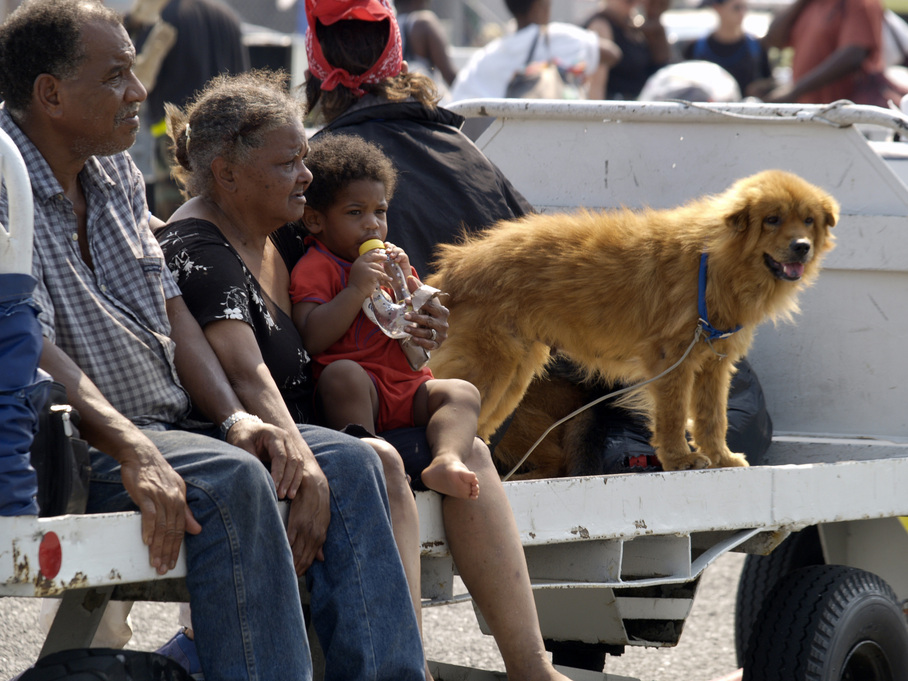A child that was seven years old when Hurricane Katrina hit New Orleans will be 17 today. When the storm hit, he would have just started 2nd grade. Today, that 17-year-old is more likely than his same-age peers in all but two other cities to be both unemployed and not in school. He is part of the Katrina generation.
When the city was evacuated, many families suffered a period of instability. A report published nine months after the storm found that families had moved an average of 3.5 times in the first nine months. One-in-five school-age children were either not enrolled in school or were only partially attending (missing more than 10 days a month).

Five years later, another study found that 40 percent of children still did not have stable housing and another 20 percent remained emotionally distressed. Thirty-four percent of children had been held back in school (compared to a 19 percent baseline in the South).
With so much trauma and dislocation, it is easy to imagine that even young people in school would have trouble learning; for those who suffered the greatest instability, it’s likely that their education was fully on pause.
At the Atlantic, Katy Reckdahl profiles such a family. They evacuated to Houston, where they suffered abuse from locals who resented their presence. At school, boys from New Orleans were getting picked on and getting in fights. So the mother of three kept her 11- and 13-year-old boys at home, fearful for their safety. Indeed, another New Orleanian boy that they knew was killed while in Houston. The boys missed an entire year of school.
“An untold number of kids,” Reckdahl writes, “probably numbering in the tens of thousands—missed weeks, months, even years of school after Katrina.” She quotes an educator who specializes in teaching students who have fallen behind, who estimates that “90-percent-plus” of his students “didn’t learn for a year.”

When the brothers profiled by Reckdahl returned to New Orleans one year later, they were placed in the correct grade for their age, despite having missed a year of school. The system was in chaos. Teachers were inexperienced thanks to charter schools replacing the public school system. One of the boys struggled to make sense of it all and eventually dropped out and got his GED instead.
No doubt the high number of unemployed and unenrolled young people in New Orleans and other Gulf Coast cities devastated by Katrina is due, in part, to the displacement, trauma, and chaos of disaster. Optimistically, and resisting the “at risk” discourse, the Cowen Institute calls them “opportunity youth.” If there is the political will, we have the opportunity to help empower them to become healthy and productive members of our communities.
For more, pre-order sociologist Alice Fothergill and Lori Peek’s forthcoming book, Children of Katrina, watch an interview about their research, or read their preliminary findings here.
This post originally appeared on Sociological Images, a Pacific Standard partner site, as “Children’s Educational Trajectories After Katrina.”





